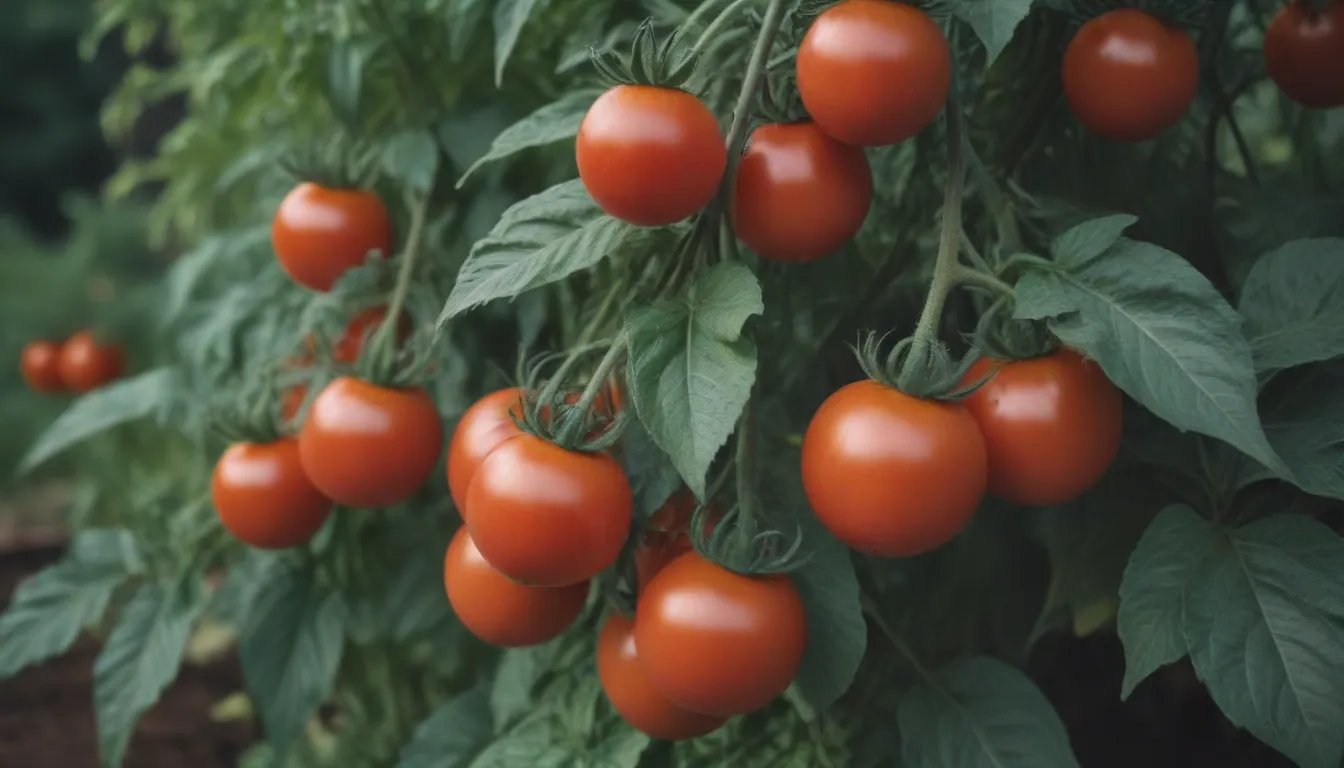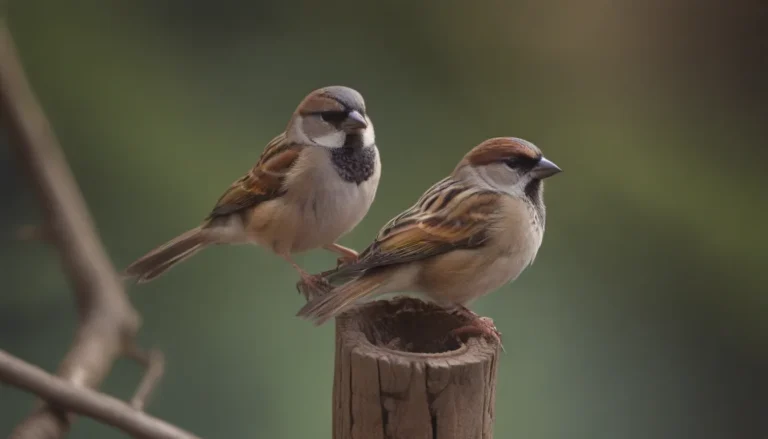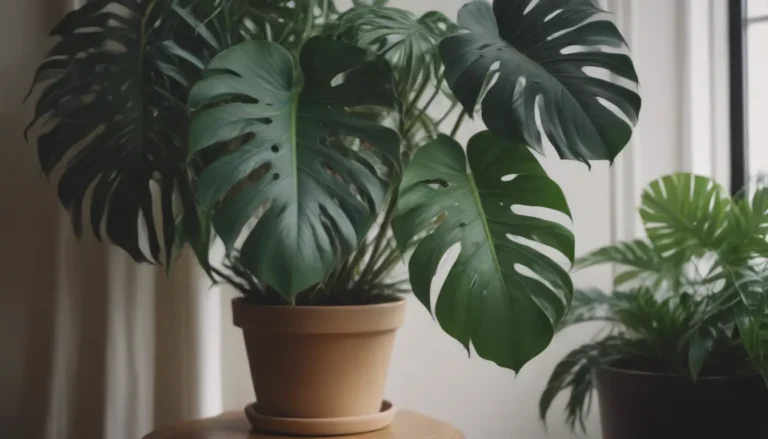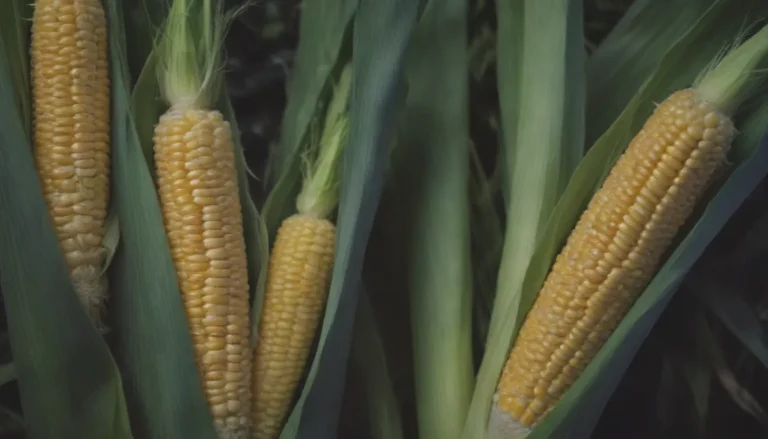The Ultimate Guide to Companion Plants for Tomatoes

Are you looking to take your tomato garden to the next level? Companion planting may be the secret ingredient you need to boost nutrient uptake, control pests, and increase crop production. By strategically planting certain herbs, flowers, and root vegetables alongside your tomatoes, you can create a beneficial ecosystem that supports healthy growth and bountiful harvests. In this comprehensive guide, we’ll explore the best (and worst) companion plants for tomatoes, providing you with valuable insights to help you maximize your garden’s potential.
Understanding Companion Plants
Companion plants are like good friends for your tomatoes – they provide support, protection, and mutual benefits when grown in close proximity. By cultivating a diverse array of plants in your garden, you can create a harmonious relationship that enhances the overall health and productivity of your crops. Companion planting is a time-tested gardening practice that offers a range of benefits, including:
- Nutrient uptake enhancement
- Pest control
- Pollination support
- Crop production increase
When it comes to tomatoes, choosing the right companion plants is key to optimizing their growth and overall health. Let’s explore some of the best companion plants that can help your tomatoes thrive.
Best Tomato Companion Plants to Repel Harmful Insects
Calendula
Calendula is not only a beautiful addition to your garden but also a powerful ally in repelling insect pests. This vibrant flower emits a woody, musky fragrance that deters hornworms, rabbits, aphids, and other unwanted visitors. The bright orange and yellow blossoms are not only edible but also a delightful addition to salads.
Chives
Chives are a flavorful herb that not only adds a tasty kick to your dishes but also repels aphids, nematodes, and spider mites. When allowed to flower, chives attract beneficial pollinators like butterflies and bees, enhancing the overall health of your garden.
Black-Eyed Peas
Black-eyed peas serve as a sacrificial trap crop, luring southern green stink bugs away from your precious tomato plants. While these peas may attract some pests, they are prolific producers, ensuring you still get a harvest.
Radishes
Radishes are effective at trapping flea beetles, which can damage young tomato plants. These shallow-rooted veggies can be planted at the base of tomato plants without interfering with their roots, making them a perfect companion for tomatoes.
Sage
Sage is a fragrant herb with a strong musky scent that repels slugs, flea beetles, and spider mites. The blooms of sage attract pollinators like butterflies and bumblebees, creating a thriving ecosystem in your garden.
French Marigolds
French marigolds are not just pretty flowers – they also repel root-knot nematodes in the soil and deter tomato hornworms and aphids. These vibrant flowers can be grown in containers with tomato plants and even serve as a trap crop for other pests.
Nasturtiums
Nasturtiums act as a trap crop, luring aphids and whiteflies away from tomatoes and reducing the spread of fungal diseases. Both the leaves and flowers of nasturtiums add a peppery flavor to dishes, making them a versatile and beneficial addition to your garden.
Best Tomato Companion Plants to Increase Beneficial Insects
Cilantro
Cilantro, when allowed to flower, attracts parasitic wasps that feed on hornworms, a common tomato pest. This herb also repels the Colorado potato beetle and adds a fragrant and flavorful element to your culinary creations.
Oregano
Flowering oregano attracts the green lacewing, a voracious predator of insect pests in tomato plants. This herb also serves as a shelter for ladybugs and attracts pollinators, contributing to a thriving garden ecosystem.
Parsley
Flowering parsley attracts ladybugs, which are known to consume aphids and hornworm eggs. This versatile herb serves as a living mulch for tomatoes and adds a fresh burst of flavor to a variety of dishes.
Don’t limit your companion plant selection to just these categories! Consider the following types of companion plants that offer various benefits to your tomato plants:
- Best Tomato Companion Plants for Weed Control
- Best Tomato Companion Plants to Increase Pollination
- Best Tomato Companion Plants to Improve Tomato Health
- Best Plants to Grow in Containers with Tomatoes
Worst Tomato Companion Plants
While companion planting has numerous benefits, it’s important to be aware of plants that may actually harm your tomato crop. Here are some plants that are considered to be the worst companions for tomatoes:
- Cole Crop (Brassica) family
- Fennel
- Dill
- Nightshades
- Cucumbers
- Sweet Corn
- Rosemary
By avoiding these plants in close proximity to your tomatoes, you can help ensure the health and vitality of your crop.
Tips For Successful Companion Planting
To make the most of companion planting in your garden, consider the following tips:
- Understand the light, water, and nutritional requirements of each plant to avoid competition for resources.
- Experiment with different companion plants to find the best combination for your tomatoes.
- Monitor your garden regularly to assess the impact of companion plants on your tomato crop.
In conclusion, companion planting can be a game-changer for your tomato garden, offering a range of benefits that promote healthy growth and abundant harvests. By selecting the right companion plants and creating a balanced ecosystem in your garden, you can boost the overall health and productivity of your tomato plants. So, get planting and watch your tomatoes thrive with the power of companion plants by their side!





